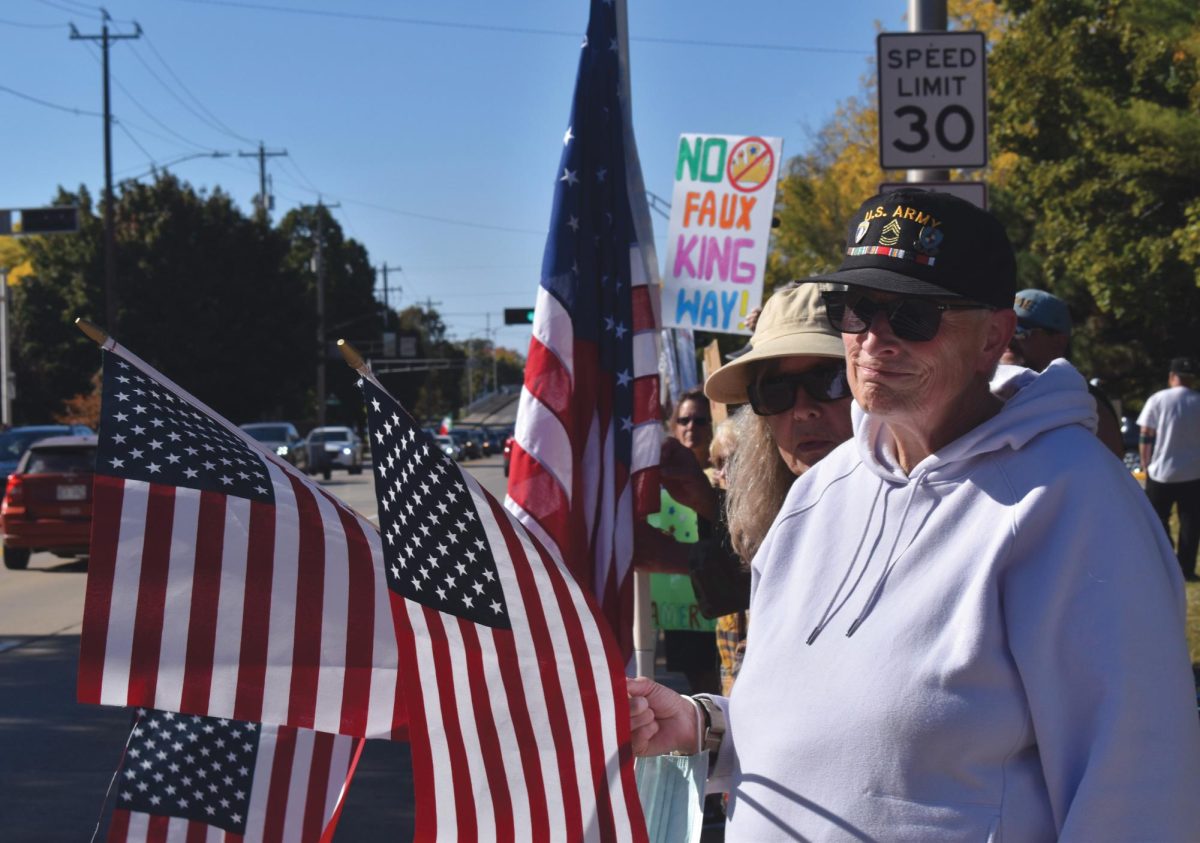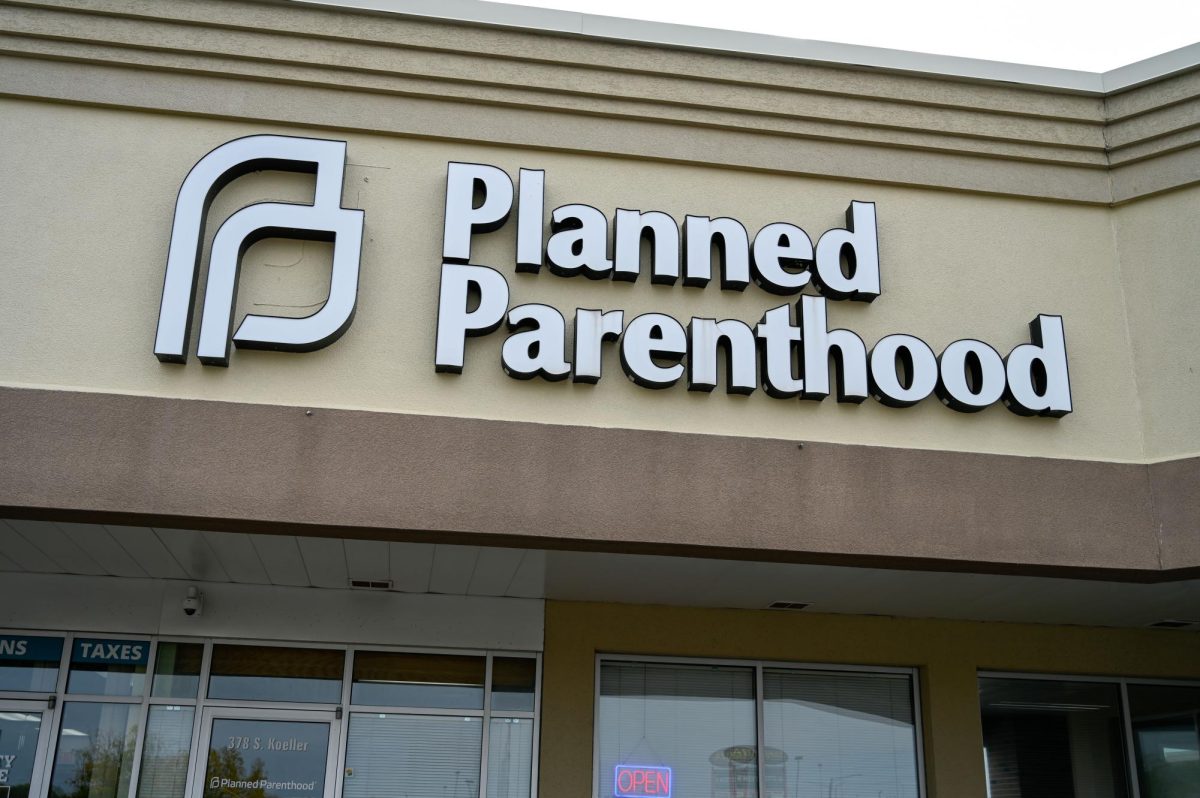UW Oshkosh had the lowest percentage of minority employees among UW System schools last year, according to the UW System Accountability Dashboard.
“The employees–we have a problem,” UWO Chancellor Andrew Leavitt said. “We’re 94 percent majority, six percent employees of color. We need to be much more reflective of what the students are.”
According to the Accountability Dashboard, UWO had 1501 employees during the 2015 academic year, including 103 employees that were listed as African American, American Indian, Asian American, Hawaiian or Pacific Islander, Hispanic or Latino or two or more races.
Those employees made up 6.9 percent of the workforce at UWO in that year, the lowest percentage among UW schools.
According to the UW System Accountability Dashboard, last year the number of minority students enrolled at UWO was around 12 percent. That percentage has risen at UWO every year since 2007.
Senior Kijana Webster said having more people of color around campus is important to broaden students’ horizons.
“I think it’s important because seeing the same type of people every time leaves you narrow-minded, not that it’s a bad thing, but it’s a lack of perspective,” Webster said.
According to Webster, his high school was more diverse than UWO is.
“I see there’s quite a bit more students of color where I’m from – I went to Menomonee Falls,” Webster said.
According to Leavitt, UWO needs to double its percentage of minority employees in order to properly cater to all the students on campus.
“It’s important for students to see people on our campus in positions of leadership and authority who look like them,” Leavitt said. “That’s a very important model to have, and so we need to work harder to do this.”
Executive Director of Fit Oshkosh, an organization focused on increasing the racial literacy of Winnebago County, Tracey Robertson said UWO is not yet diverse enough but she thinks the university is moving in the right direction.
“The university leadership has acknowledged that it has more work to do to be more diverse, and I believe it is putting policies and practices in place to ensure that it will be over time,” Robertson said.
According to Robertson, having a non-white President of the United States is a positive step for diversity, although people need to see more local examples of people of color in power.
“The percentage of people who will serve as President of the United States is minuscule,” Robertson said. “People of all backgrounds need to see professors, and firemen and city workers who look like them. They need someone on the ground with whom they can relate to and aspire to.”
Leavitt said changes to UWO’s hiring practices need to focus on giving truly equal opportunities to applicants of all ethnicities.
“It’s about making sure we cast the widest possible net, and that we give every consideration to all employees who apply here,” Leavitt said. “We’re making some changes in how we run searches, which I believe will eventually lead to a higher level of people of color being employed by this institution.”
Leavitt said diversity among students is on the rise at UWO in recent years, with the number of minority students peaking at 13 percent this academic year.
“We’re going in the right direction,” Leavitt said. “I would also say you have to look at the student achievement gap.”
According to Leavitt, the student achievement gap is the difference in academic performance between majority and minority students.
“Historically, there’s been a gap between the two,” Leavitt said. “You had the majority population performing at a higher level than students of color for a variety of reasons. That gap is closing.”
Senior Emily Grover said diversity is important because it improves the academic experience of students.
“It brings a lot more perspective to campus,” Grover said. “It would be a lot more interesting in classes if people were able to speak up with their own experiences or perspectives.”
Robertson said students interested in helping UWO become more diverse can use their voices to help.
“Students need to share their positive multicultural experiences in their circles of influence,” Robertson said. “They need to champion for and require policies and practices that result in increased diversity in all of their places of influence.”
Leavitt said part of college is learning to think in new ways, and diversity is part of that.
“Diversity is going to be an increasingly important component of what people do in the future in terms of their livelihood, their jobs, their lives,” Leavitt said.
Leavitt said he would like UWO to have a higher percentage of minority students than Oshkosh.
“What would be a great number to have?” Leavitt said. “In my mind, 20 percent. Which would be an over-realization of the demographics of the area.”
According to Leavitt, UWO could have a positive economic impact on the entire Fox Valley by introducing more diversity into the region.
“UWO, if we can have a greater percentage of students of color here at our university then there are in the general population of this area, we could drive an increase in diversity in this area which will make it a much more richer and a much more economically viable place,” Leavitt said. “And that’s the big picture.”








